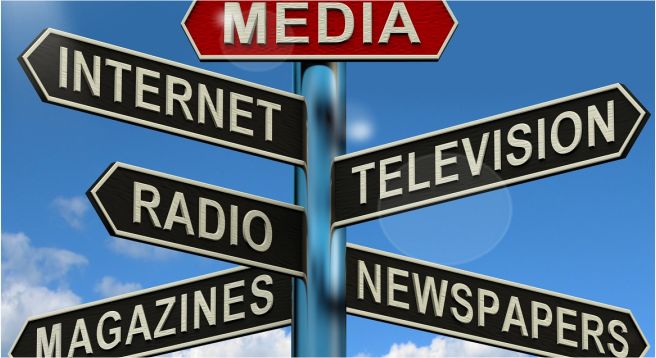COVID-19, a global infectious disease, migrated to India from abroad as people travelled to India — knowingly or without knowing they were carriers of the virus. The virus, which originated in China, started showing up in India sometime in early 2020 even as it travelled to other parts of the globe slowly engulfing the whole world.
From 2020 to 2021, the world recorded 166,346,635 confirmed cases of COVID-19, including 3,449,117 deaths, according to WHO. But, the second all-India surge of the Covid-19 pandemic, in the absence of adequate preparedness and wanton flouting of pandemic safety protocols, has been more devastating than the first. It has also appeared to be different from last year’s surge in several ways, increasing worries and anxiety for the people across the country, cutting across gender, region, and religion.
In such challenging times, it is but natural for people to turn to whatever medium available for information, help, and even guidance. Most of the time such mediums are the Internet and mass media, which includes print, TV and digital.
In a pandemic situation, controlling the spread of disease is a basic requirement. It requires early recognition of prompt diagnostic measures and appropriate preventive steps, which, in turn, requires coherent synergies amongst various departments ranging from the government to healthcare, to the media, to the general public itself.
Positive Impact
In the pandemic, media plays a crucial role at each step. The method of news reporting could impact the behavior of people and their attitudes towards the virus, in general, and preventive measures in particular.
Media reports about the disease spread did raise the fear and awareness among the people. On the one hand, it helped people to adopt essential protective measures, while, on the other hand, lack of adequate information about the virus also led some people to condemn Covid19+ persons having gained half-baked information from inappropriate articles and news in newspapers and also on TV.
This is an example that highlights that media awareness and disease control are two-directional.
The impact of media whether from the news channels, newspapers, online news portals and social media platforms makes it like a double-edged sword — sometimes it helps in a positive way, sometimes it doesn’t, especially when media is used to spread rumours and fake news.
But, the role of the media is to keep people connected, well-informed, and entertained. The positive impact of the media came to light during the COVID-19 crises when it promoted emotional stability among people. Pages and groups on platforms like Facebook and Instagram started posting videos regarding physical and mental health. Many people started free online educational activities for kids of various ages with widespread advertisements through the media. And, such moves certainly did help.
Another example of the positive impact of the mass media was when social media platforms like Facebook, Instagram, Twitter and broadcasting media amplified the importance of ‘social distancing’ and ‘stay at home’ — at times through free and frequent social messaging.
News Channels, Social Media Platforms Running Social Campaigns
Republic Media Network has been running a special campaign for the people who are fighting with the Covid19 disease under a campaign hashtagged “#StayStrongIndia” where messages and visuals aired are all aimed at lending moral support to citizens.
Times Network launched “#IndiaFightsCoronaVirus”, a consumer awareness campaign to fight and control the spread of the pandemic.
Similarly, ABP News Network also raised its voice with a public awareness campaign to address the people’s concerns. The campaign, called “#CoronaKoDhona”, has news anchors presenting a short awareness message on the importance of handwashing.
India TV has also created a campaign called “India TV Ki Pukar, Ghar Pe Raho Iss Baar” with the hashtag #StayAtHome, which airs on its news channel and social media platforms. Moreover, the channel has also made other offline services available such as a 24×7 dedicated helpline to address the viewers’ queries during distress times.
Even the social media platform Facebook launched a global campaign, including that in India, supporting Covid19 relief efforts.
The platform helped more than two billion people across the country and provided tools and information regarding Covid19 to help the communities stay safe and connected with their loved ones in the pandemic.
The platform also removed misinformation about the Covid19, which could lead to imminent physical harm to the public. The Mark Zuckerberg-led company, which has invested a lot in India, also launched a COVID-19 Information Center which connected over two billion people to resources on Facebook and Instagram and helped to discover the latest information about the virus.
Facebook also launched a public campaign that encourages people to wear the mask. Called “#WearAMask”, which reached 26 million people, resulted in a 7-fold increase in people reporting that wearing a mask in public is important. Facebook also places alerts on the top of its platform to encourage people to wear a face covering and to stop the spread of Covid19.
The microblogging site Twitter during the second wave of the pandemic proved to be a great asset as its platform was used to share information about various healthcare services and facilities. It seemed to have brought the country together.
Apart from that, Twitter India helped remove many misconceptions and fake news floating around on its platform by removing them.
The platform also introduces a strike system that determines when further enforcement action is necessary. The strike system will help to educate the public about company policies and further reduce the spread of potentially harmful and misleading information on Twitter, particularly for repeated moderate and high-severity violations of their rules.
As health authorities deepen the understanding of COVID-19 and vaccination programs around the world, Twitter will continue to amplify the most current, up-to-date, and authoritative information.
Negative Impact
However, some news outlets also have been having a negative impact on the people of the country by spreading fake news, rumors, and telling the misinformed data of the Covid-19 cases.
As, different news outlets started giving inconsistent information regarding the virus, and deaths worldwide, including India, some panic too has been created.
On social media and instant messaging apps like WhatsApp fake news too is being circulated that has not only created an atmosphere of negativity but also resulted in media trust deficit.
Fake videos and news also create hatred among the people and contribute to increased mental illness amongst the populace.
The second wave has been much more severe and took many by surprise because it came just as people felt things were returning to normal — or were made to believe that the endgame was near and India had ably contained the spread and effects of the virus. This happened even as many people were yet to recover from the financial and personal losses of last year, gravely impacting people’s self-confidence, positivity, and strength to cope with adverse situations.
This second round of the pandemic is also bound to impact the vulnerable sections more since they have much less access to mental health professionals.
The positive and negative impacts of media and proposed steps that can be taken to use media effectively during a pandemic is a delicate job; it’s a thin line dividing the positive and negative.
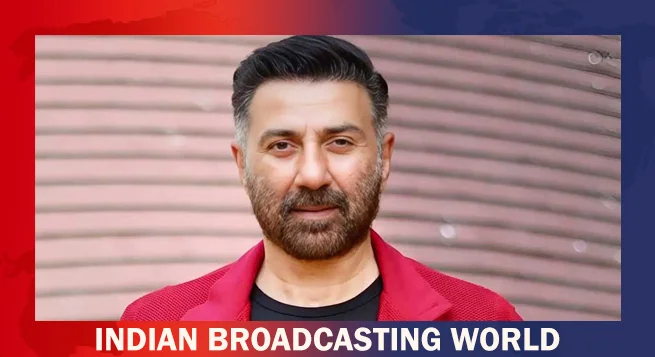 Sunny Deol says ready for fresh starts with streaming projects
Sunny Deol says ready for fresh starts with streaming projects 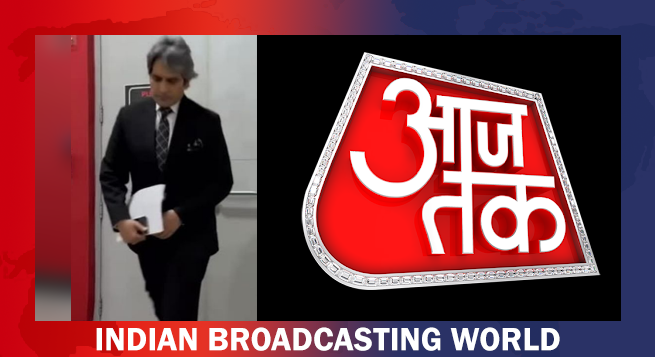 Sudhir Chaudhary steps down from Aaj Tak, begins new chapter with DD News
Sudhir Chaudhary steps down from Aaj Tak, begins new chapter with DD News 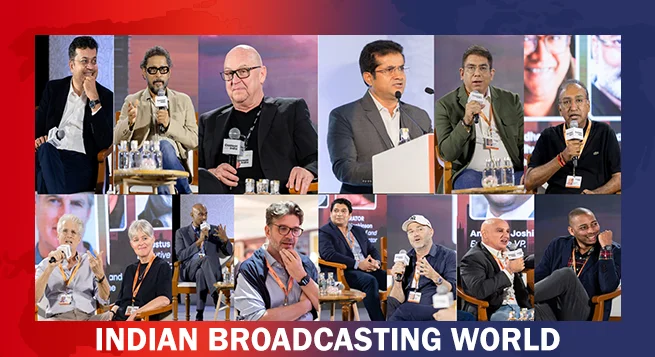 Dish TV’s Content Summit brings global spotlight to Indian M&E
Dish TV’s Content Summit brings global spotlight to Indian M&E  Rahul Kanwal quits TVTN; rumoured to be joining NDTV group
Rahul Kanwal quits TVTN; rumoured to be joining NDTV group 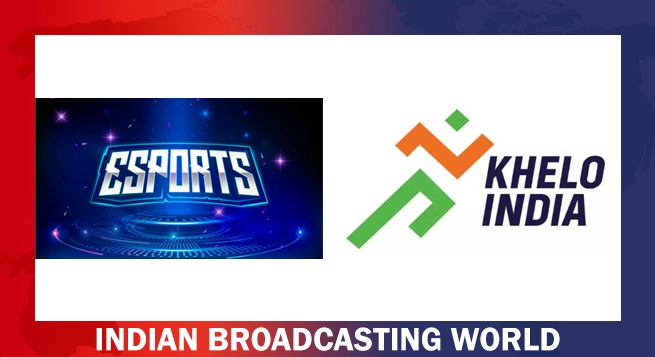 Esports to make debut at Khelo India Youth Games 2025
Esports to make debut at Khelo India Youth Games 2025  WWE enters ‘Netflix Era’ with new ad film
WWE enters ‘Netflix Era’ with new ad film 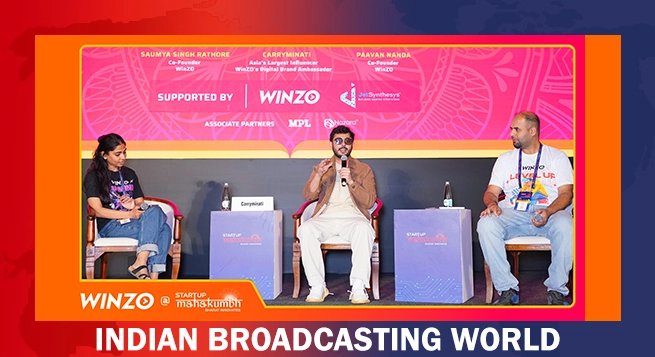 WinZO celebrates creator economy, felicitates gaming influencers, developers
WinZO celebrates creator economy, felicitates gaming influencers, developers 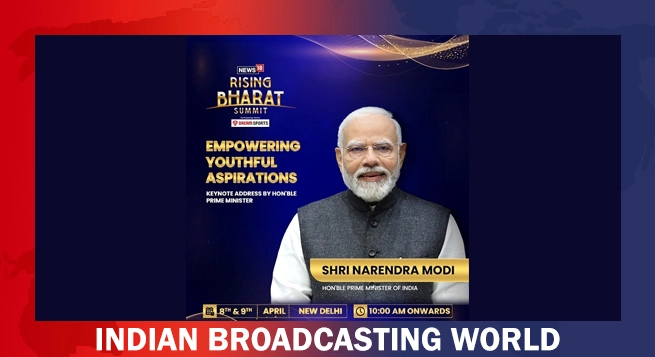 PM Modi to deliver keynote at News18 Rising Bharat Summit 2025
PM Modi to deliver keynote at News18 Rising Bharat Summit 2025 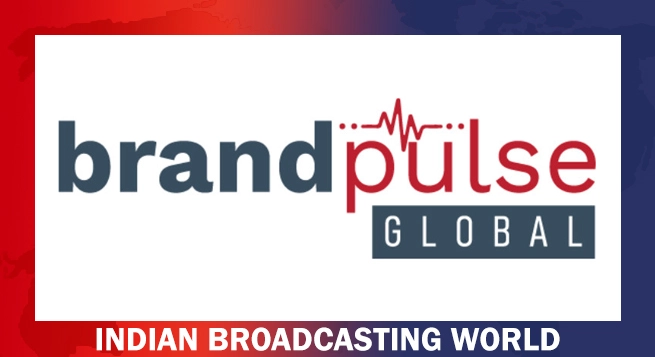 BrandPulse decodes evolving consumer sustainability behaviours
BrandPulse decodes evolving consumer sustainability behaviours 


